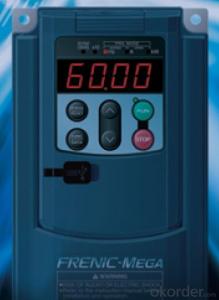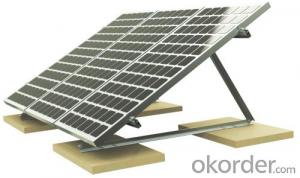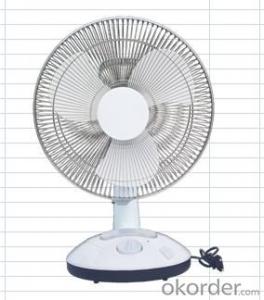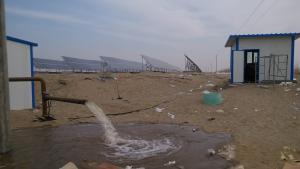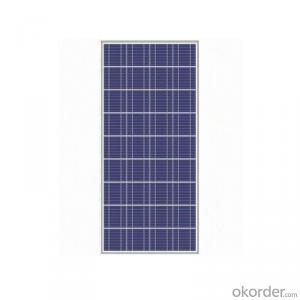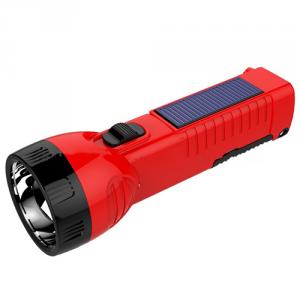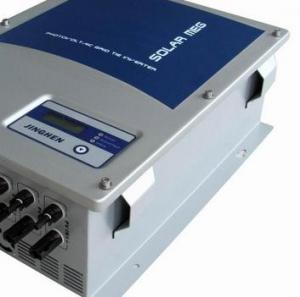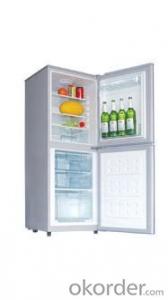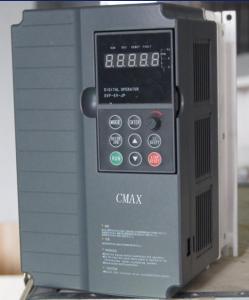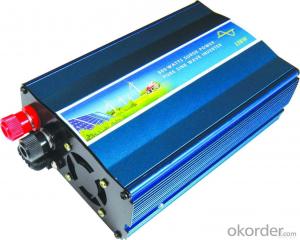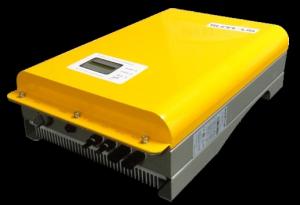Felicity Solar Inverter
Felicity Solar Inverter Related Searches
Felicity Solar Inverter Price Felicity Solar Inverter 5kva Felicity Solar Inverter Manual Fusion Solar Inverter Phoenix Solar Inverter Solace Solar Inverter Frontier Solar Inverter Freesun Solar Inverter High Frequency Solar Inverter Fimer Solar Inverter Smart Solar Inverter High Efficiency Solar Inverter Flyline Solar Inverter Solaris Solar Inverter Solar City Inverter Fuji Solar Inverter Solar Ready Inverter Jfy Solar Inverter Raggie Solar Inverter Solar Smart Inverter Fox Solar Inverter Foxess Solar Inverter Infinity Solar Inverter Focus Solar Inverter High Quality Solar Inverter 45kw Solar Inverter Home Solar Inverter Smart Inverter Solar Flin Energy Solar Inverter Tesla Solar InverterFelicity Solar Inverter Supplier & Manufacturer from China
Felicity Solar Inverter is a high-quality product designed for efficient solar energy conversion. These inverters play a crucial role in converting the direct current (DC) generated by solar panels into alternating current (AC), which can be used by electrical appliances and fed back into the power grid. They are essential components in solar power systems, ensuring that the energy harnessed from the sun is effectively utilized.Felicity Solar Inverter finds its application in various scenarios, such as residential, commercial, and industrial settings. They are particularly useful in off-grid systems, where they provide a reliable source of power, and in grid-tied systems, where they help in reducing electricity bills by supplying power to the grid during peak sunlight hours. These inverters are also employed in hybrid systems, combining solar power with other energy sources like batteries or generators, to ensure a continuous power supply.
Okorder.com is a reputable wholesale supplier of Felicity Solar Inverter, boasting a vast inventory to cater to the needs of various clients. They offer competitive prices and excellent customer service, ensuring that customers receive the best value for their investment. By partnering with Okorder.com, customers can be confident in the quality and performance of their Felicity Solar Inverter, as well as the support they receive throughout the purchasing process.
Hot Products










